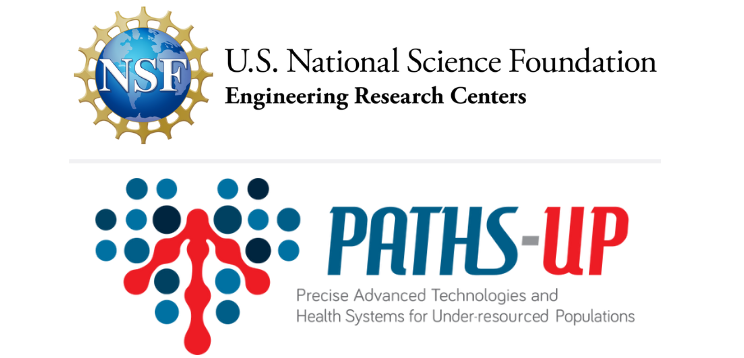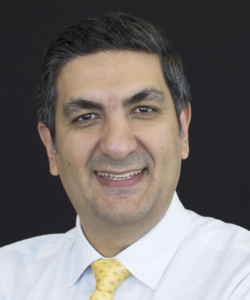Digital Health Systems Design
Thrust Leads
Goals: Thrust 4 is developing new data-driven clinical workflows that seamlessly integrate new devices, like Lab-on-your-Wrist and Lab-in-your-Palm into clinical workflows in healthcare systems serving underserved communities. These novel clinical workflows have to meet multiple goals simultaneously – improve patient health outcomes while reducing care burden for providers and decreasing costs for the insurers. Thrust 4 is unique in its approach and has a multi-disciplinary team of engineers, behavioral scientists and clinicians working with healthcare system partners. The research in Thrust 4 is divided into three coupled projects to develop bio-behavioral models of new forms of LoyW and LiyP data (Project 4.1), develop interventions that are suited to the context of underserved communities (Project 4.2) and develop platforms for translating the new interventions for adoption in healthcare systems (Project 4.3).
Project 4.1: Bio-behavioral modeling of health data from wearables and point-of-care devices
PATHS-UP platforms, LoyW and LiyP, present new opportunities for disease management. In this project, our goal is to convert data from the advanced devices into clinically-interpretable models that capture both biological and behavioral insights about the patient health condition.
This requires modeling patient health and behavior in free-living environments, using data to understand and identify actions, environments, and nutrition. This project looks to understand “what” is being collected, “where” it is being monitored, and “when” these actions take place to best personalize modeling. Using continuous glucose monitors, wearable activity trackers, and gathering ecological momentary assessments, we understand the “why” and “how” of healthy decision-making.
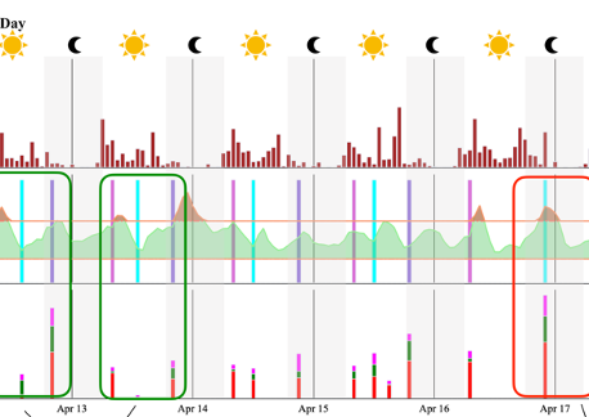
New biometrics from continuous glucose monitoring in underserved populations
THRUST 4.1 RESEARCH HIGHLIGHTS
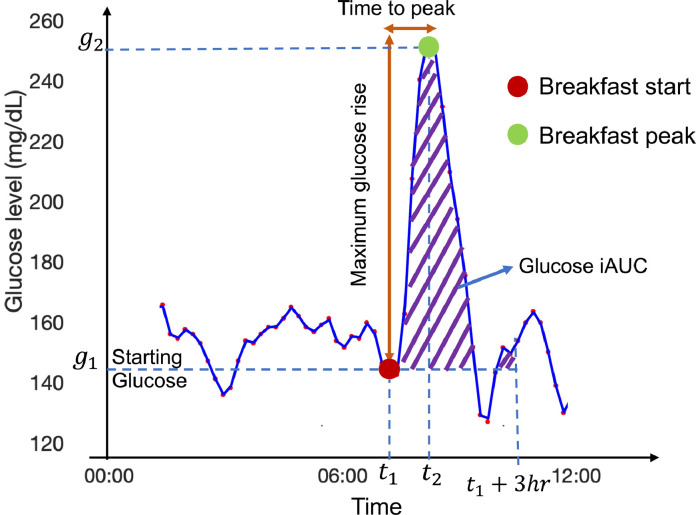
Lancet EClinicalMedicine (2021)
Souptik Barua, Ashutosh Sabharwal, Namino Glantz, Casey Conneely, Arianna Larez, Wendy Bevier, and David Kerr
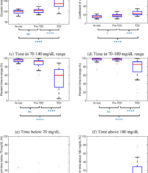
Lancet EClinicalMedicine (2021)
Souptik Barua, Ashutosh Sabharwal, Namino Glantz, Casey Conneely, Arianna Larez, Wendy Bevier, and David Kerr
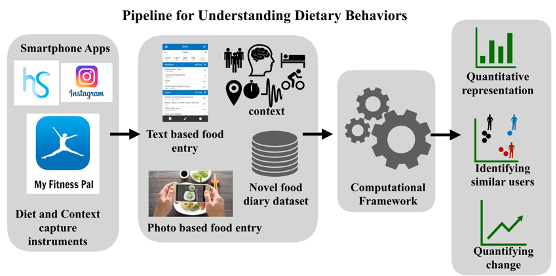
Sensors (2022)
Amruta Pai and Ashutosh Sabharwal
THRUST 4.1 NEWS HIGHLIGHTS
https://www.univision.com/local/houston-kxln/conoce-los-beneficios-de-los-dispositivos-portatiles-que-miden-los-niveles-de-azucar-en-la-sangre-video
https://beyondtype2.org/glucose-monitors-type-2-diabetes-hispanic/
https://news.rice.edu/news/2021/wearable-glucose-monitors-shed-light-progression-type-2-diabetes-hispaniclatino-adults
Project 4.2: Novel interventions for self-management of chronic diseases
Underserved communities face multiple simultaneous challenges that influence health outcomes, e.g., food insecurity is commonplace in many underserved populations who also often happen to have lower socioeconomic status (SES). We are developing culturally and contextually-relevant interventions which aim to address simultaneous overlapping challenges affecting underserved communities. This project includes several tasks focused on the development and validation of 1) interventions to address food insecurity, 2) identifying self-relevant strategies for managing blood glucose among those with pre-diabetes and type 2 diabetes and 3) identifying and addressing self-relevant barriers to physical activity among those with low-SES.

THRUST 4.2 RESEARCH HIGHLIGHTS
BMJ Nutrition, Prevention & Health (2020)
Kerr, David, Souptik Barua, Namino Glantz, Casey Conneely, Mary Kujan, Wendy Bevier, Arianna Larez, and Ashutosh Sabharwal
Project 4.3: Advanced platforms for cost-effective telemonitoring of chronic diseases for the underserved
Telemonitoring has the potential to provide quick identification and resolution of emerging problems before they result in costly, life-altering complications, such as heart attack and stroke. Future adoption of telemonitoring technologies require interactions that are intuitive, effective, affordable, and usable. This project includes three tasks focused on 1) evaluate advanced mobile health and digital therapeutics platforms for telemonitoring, 2) understand the opportunities and barriers related to adoption, implementation, and integration of telemonitoring technologies, and 3) investigate the cost effectiveness of telemonitoring services in underserved communities.
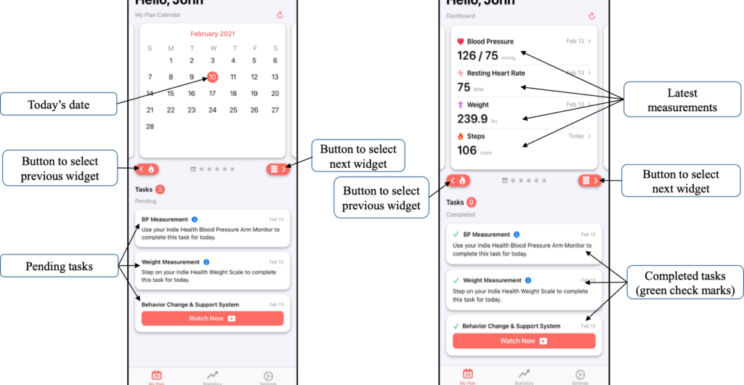
THRUST 4.3 RESEARCH HIGHLIGHTS
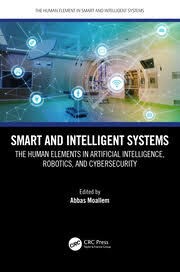
Smart and Intelligent Systems: The Human Elements in Artificial Intelligence, Robotics, and Cybersecurity. CRC Press (2021)
Markert, C., Moon, J., Sasangohar, F.
